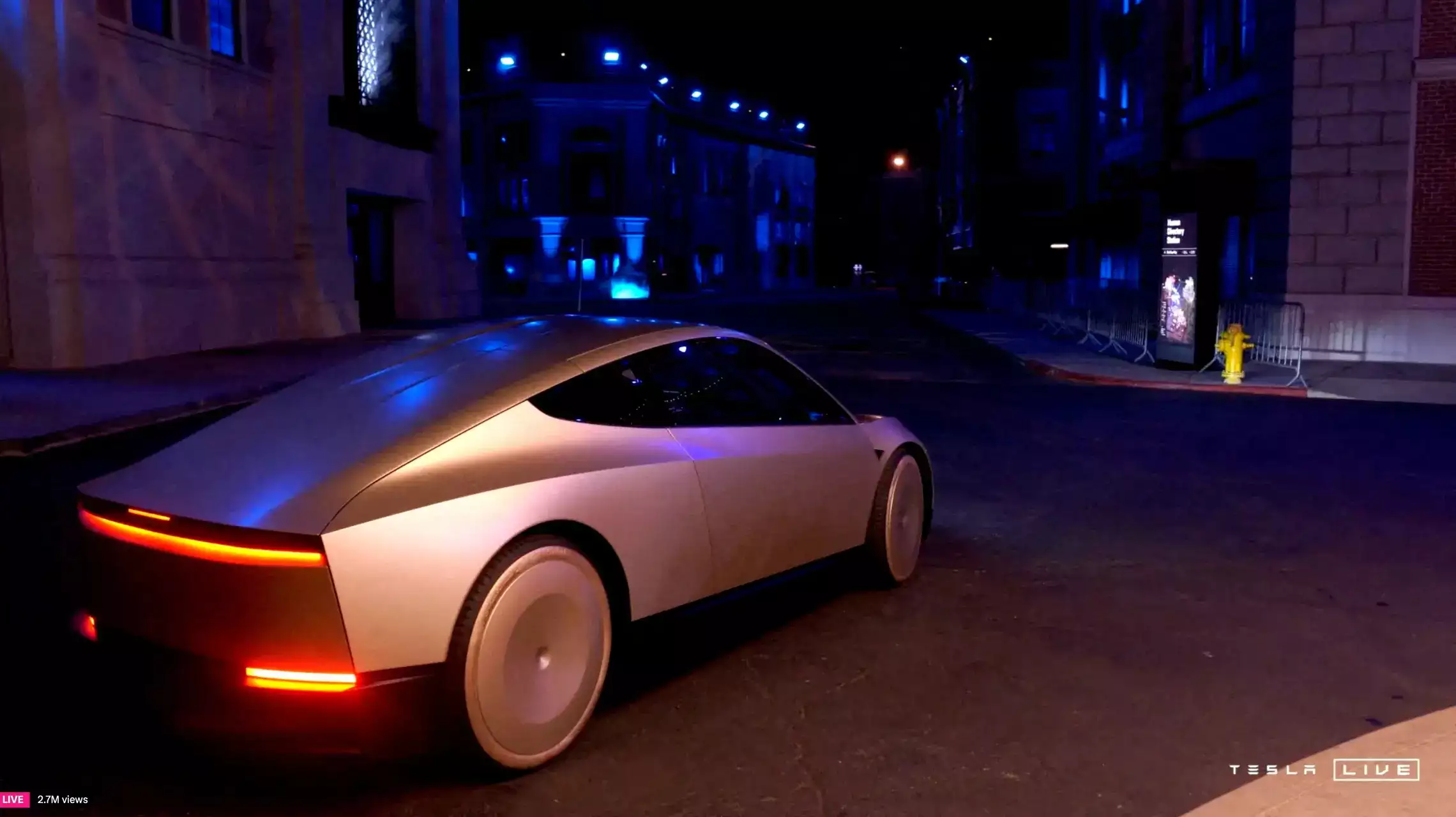 Musk said he wanted to make robotaxis cheaper than mass transit to operate and predicted an operating cost of 20 cents per mile over time for the Cybercab.
Musk said he wanted to make robotaxis cheaper than mass transit to operate and predicted an operating cost of 20 cents per mile over time for the Cybercab.Tesla's reveal of a robotaxi designed as a low-slung, two-seater, sporty coupe - quite the opposite of a typical taxi with room for several passengers and luggage - flummoxed investors and analysts.
CEO Elon Musk served up the cool design for the prototype of the Tesla robotaxi, dubbed Cybercab, at a much-hyped event near Los Angeles late on Thursday. These will go into production some time in 2026 and cost less than $30,000 a pop, he said.
But in true Musk style, he skipped over expectations of how a two-seater robotaxi would serve the needs of families headed to a restaurant or to the airport, or if he expected these to appeal only to a niche clientele. Investors jeered the design and the lack of financial detail, with Tesla stocks tumbling 9% on Wall Street on Friday.
"When you think of a cab, you think of something that's going to carry more than two people," said Jonathan Elfalan, vehicle testing director for the automotive website Edmunds.com. "Making this a two-seat-only car is very perplexing."
Tesla did not respond to an email seeking comment.
Experts said robotaxis would best emulate regular taxis with plenty of room, a tall design and sliding doors. Musk did showcase a futuristic robovan that could seat up to 20 people but did not say when that would be available.
The market for two-door robotaxis would be very limited, said Sandeep Rao, a senior researcher at Leverage Shares, an investment management company with assets of about USD 1 billion, including in Tesla.
Two-door vehicles account for just 2% of car sales in the US, excluding SUVs and pickups, according to data from analytics firm J.D. Power.
Musk said he wanted to make robotaxis cheaper than mass transit to operate and predicted an operating cost of 20 cents per mile over time for the Cybercab.
But he did not say how quickly Tesla could mass-produce Cybercabs and secure regulatory approvals, or how it could beat Alphabet's Waymo, which already operates robotaxis in some US cities.
